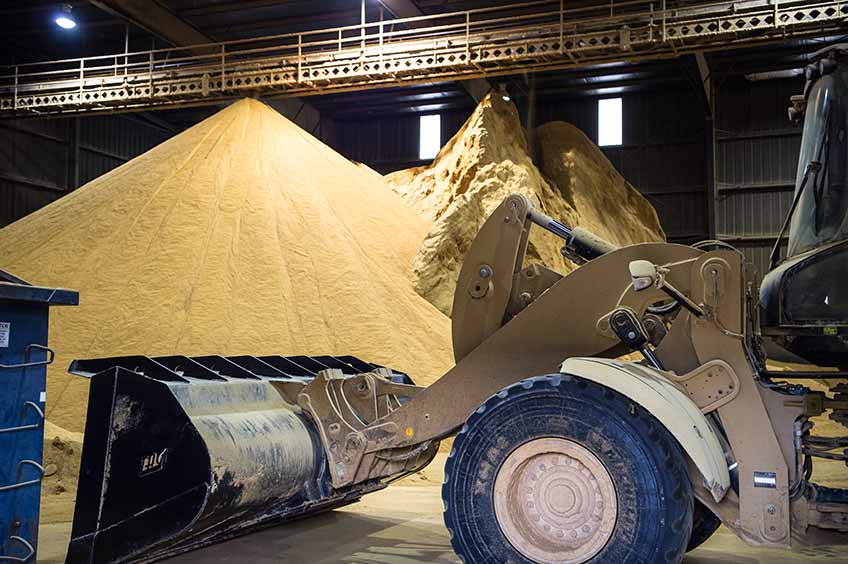News and Blog
The Joint Institute for Strategic Energy Analysis (JISEA) increases the impact of its analysis by staying engaged in and helping to shape the global energy dialogue. News and blogs about JISEA, JISEA leadership, JISEA partners, and JISEA programs are highlighted below.
Want more? Sign up for our email news or follow us on Twitter.
From Farm to Refinery: Moving to a Bio-Based Economy

August 19, 2019— According to the Department of Energy’s 2016 Billion-Ton Report, the U.S. produces nearly a billion tons of biomass resources per year that could be converted to biofuels and other bioproducts. However, the road from biomass to biofuels is a complicated one. Researchers ask: What infrastructure will it take to transform these ample biomass resources into biofuel and other bioproducts?
Bio-Based Economy by the Numbers
- Biofuel output: The selected major biomass resources could generate 230-340 million tons of biomass annually (as projected in the Billion-Ton Report) and could support between 240-358 potential biorefineries that convert biomass to biofuels.
- Agricultural equipment requirements: Researchers explored equipment requirements to convert the 230-340 million tons of biomass to biofuels and other bioproducts.
- In the short term, 280,000 pieces of equipment with a $36 billion market value
- In the long term, 380,000 pieces of equipment with a $47 billion market value
- Supply of agricultural equipment: 70-80% of total U.S. agricultural equipment demand is met by domestic manufacturers. The researchers found that, barring substantial shifts in international trade policy or global manufacturing that the U.S. production would remain largely unchanged, meeting 70-80% of U.S. equipment demand.
- Economic impacts: Researchers evaluated the likely economic impacts from the production of the required equipment to process the billion tons of biomass. They found that assuming 75% of agricultural equipment is manufactured domestically, the direct long-term employment impacts is more than 56,000 full-time jobs, resulting in nearly $11 billion in direct value added. The sum of total long-term impacts is more than 340,000 full-time jobs and $40 billion in total value added.

